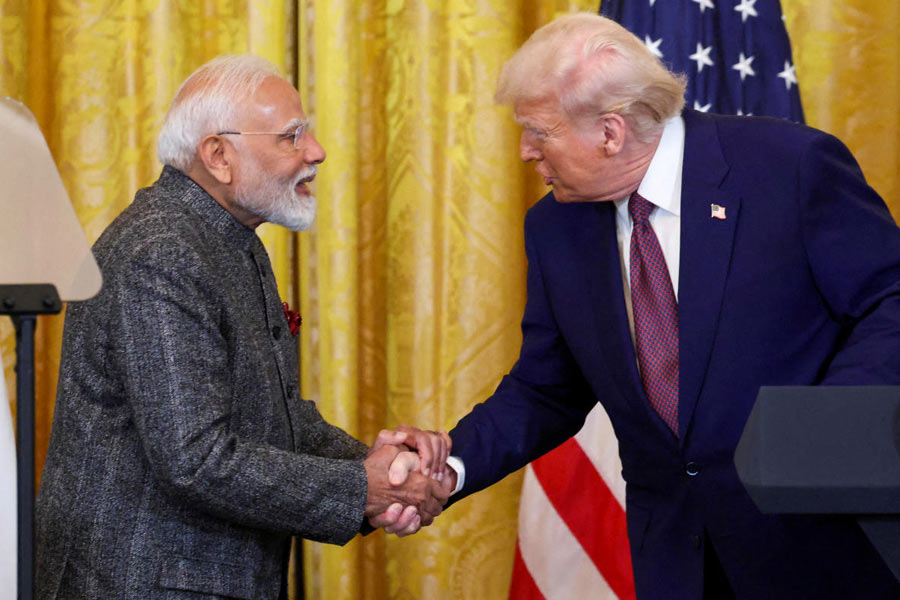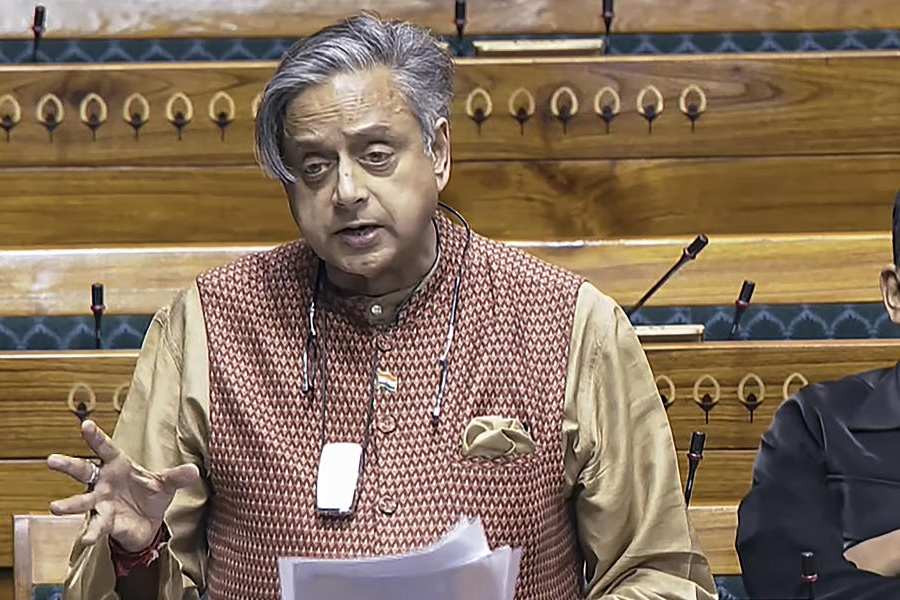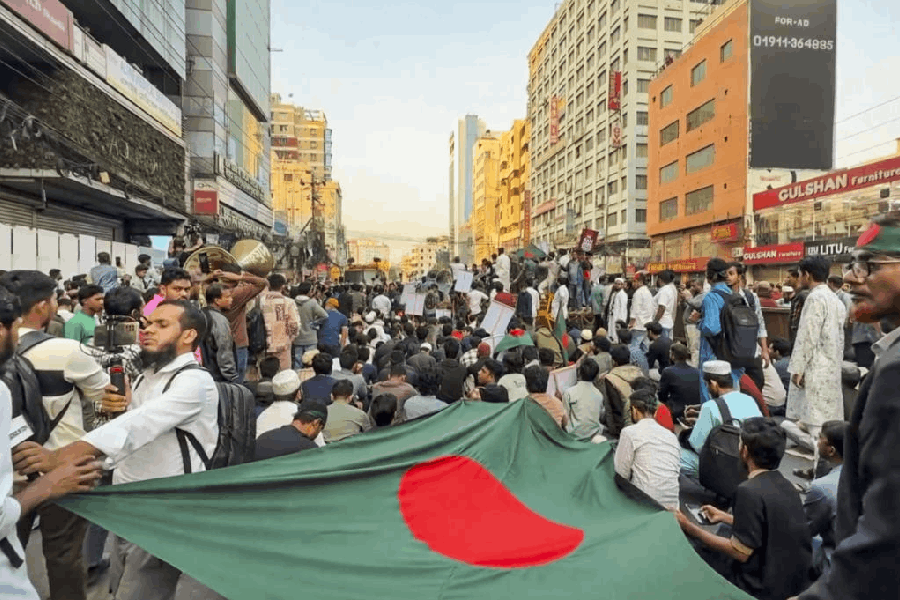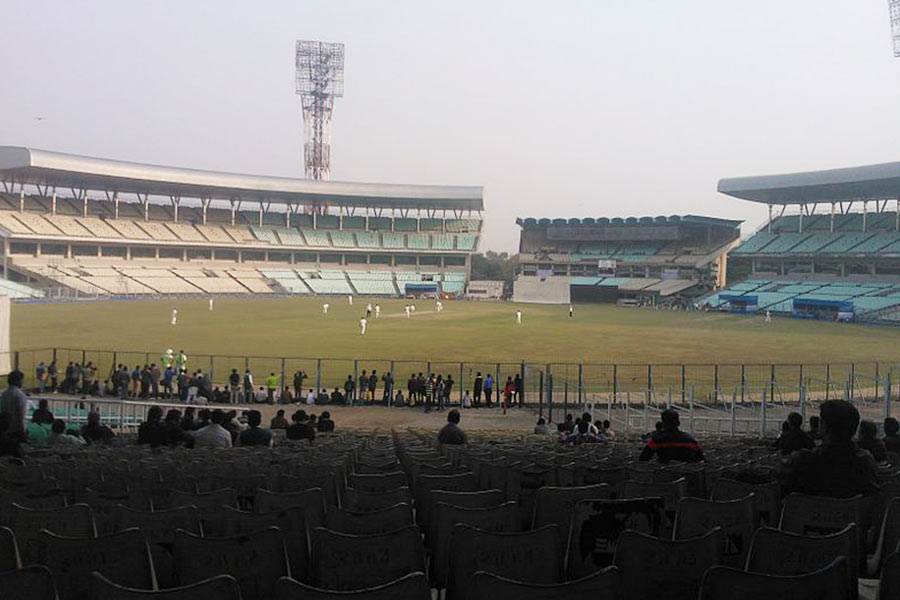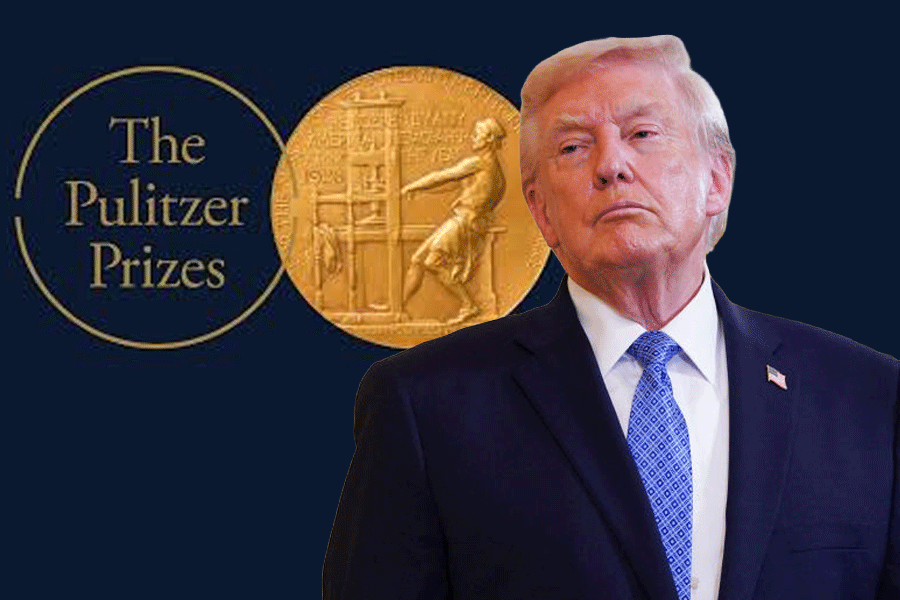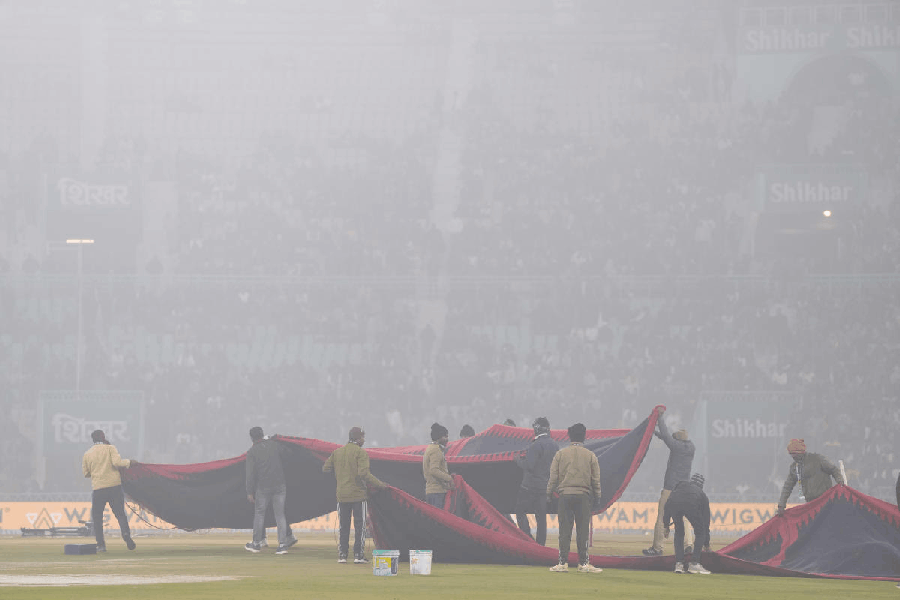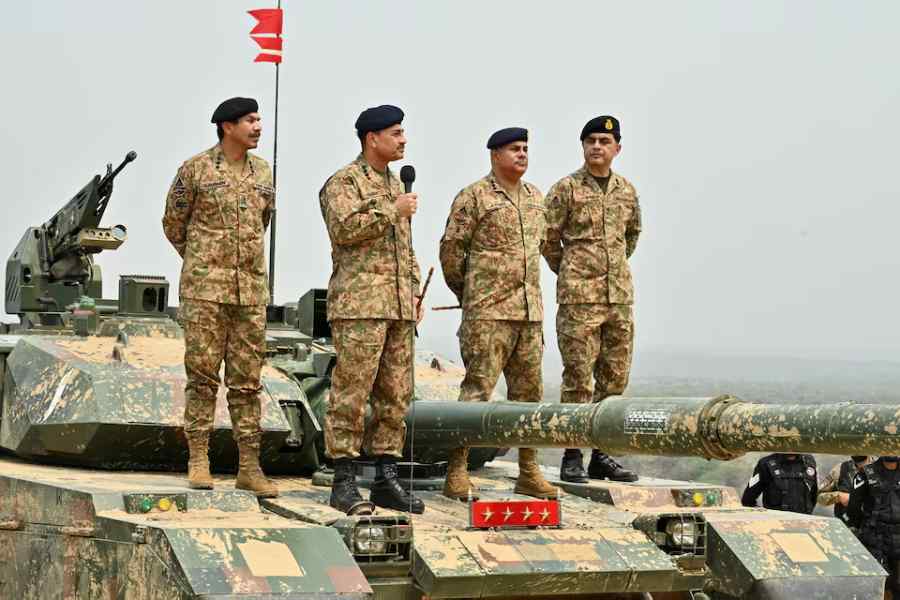President Donald Trump announced on Wednesday that India would be subjected to a “penalty” for its “strenuous and obnoxious” trade barriers and its purchases of oil and military equipment from Russia, besides a 25 per cent tariff on Indian imports into the US.
The Indian government issued a cautious but firm statement hours later, saying it was studying the implications of the move and would take steps only to “secure our national interest”.
If enacted, the penalty, whose extent was not specified, would be the first use of what Trump has called “secondary tariffs” aimed at countries that deal with embargoed nations. The US President’s announcement also has the potential of creating headwinds for the Indian economy in the medium term.
At a media conference later in the day, Trump said the US was “negotiating with India right now”.
“We are still negotiating... let’s see what happens. It is partially BRICS, which is anti-dollar. You will know by the end of the week,” he said.
The announcement could put pressure on India to strike a deal in its trade negotiations with the US or face steep tariffs that would, in all probability, put economic and diplomatic ties between the countries under strain. It could also potentially encourage American businesses to choose other Asian nations for manufacturing operations, blunting India’s position as a leading alternative to China.
A 25 per cent tariff would be just one percentage point lower than what the President threatened India with on April 2, when he announced plans for sweeping levies on dozens of countries. It’s also significantly higher than the rates Trump has settled on for other Asian nations like Indonesia, the Philippines, Vietnam and Japan — all of which have been 20 per cent or less.
The tariff rate announced by Trump is higher than what New Delhi had been bracing for in the absence of a mini trade deal before the August deadline as negotiations hit a roadblock over India’s resistance to open up the domestic market to American agriculture and dairy products.
While India was anticipating a tariff of 20-25 per cent from August, the penalty could put the country’s exports to the US at a competitive disadvantage with other exporting nations.
In a post on Truth Social, Trump said: “Remember, while India is our friend, we have, over the years done relatively little business with them because their Tariffs are far too high, among the highest in the World, and they have the most strenuous and obnoxious non-monetary trade barriers of any country.”
Claiming that India’s purchase of Russian oil and defence equipment is financing Moscow’s war on Ukraine, Trump added: “Also, they have always bought a vast majority of their military equipment from Russia, and are Russia’s largest buyer of ENERGY, along with China, at a time when everyone wants Russia to STOP THE KILLING IN UKRAINE — ALL THINGS NOT GOOD! INDIA WILL THEREFORE BE PAYING A TARIFF OF 25%, PLUS A PENALTY FOR THE ABOVE, STARTING ON AUGUST FIRST.”
In its response to Trump’s announcement, the Indian commerce and industries ministry said: “The government attaches the utmost importance to protecting and promoting the welfare of our farmers, entrepreneurs and MSMEs.” The reference appeared to be to its intent not to open up the domestic farm and dairy sector.
However, the ministry said India remained committed to a bilateral trade agreement with the US, but on fair and balanced terms, as demonstrated in the recently concluded free trade agreement with the UK.
A team of negotiators from the US is scheduled to travel to New Delhi in the third week of August for another round of negotiations.
India’s goods exports to the US rose to $87 billion in 2024 with gems and jewellery ($8.5 billion), pharma ($8 billion) and petrochemicals ($4 billion) leading the pack. In contrast, US merchandise goods into India stood at $42 billion in 2024, creating a balance of trade in favour of India. The US is also India’s third-largest investor with $68 billion in cumulative FDI since 2002.
Consequently, the tariff announcement could have a negative impact on India in the short to medium term.
“When the US had initially imposed tariffs, we had lowered our forecast of India’s GDP expansion to 6.2 per cent for FY2026, presuming a tepid rise in exports and a delay in private capex. The tariff (and penalty) now proposed by the US is higher than what we had anticipated and is therefore likely to pose a headwind to India’s GDP growth. The extent of the downside will depend on the size of the penalties imposed,” Aditi Nayar, chief economist at the ICRA, said.
According to a White House fact sheet, India imposes an average MFN (most favoured nation) tariff on imported farm goods compared with 5 per cent in the US. India’s resistance to open up the market in keeping with US demand appears to have angered Trump. White House economic adviser Kevin Hassett said Trump was frustrated with how the trade talks with India were progressing and believed the 25 per cent tariff announcement would help the situation.

